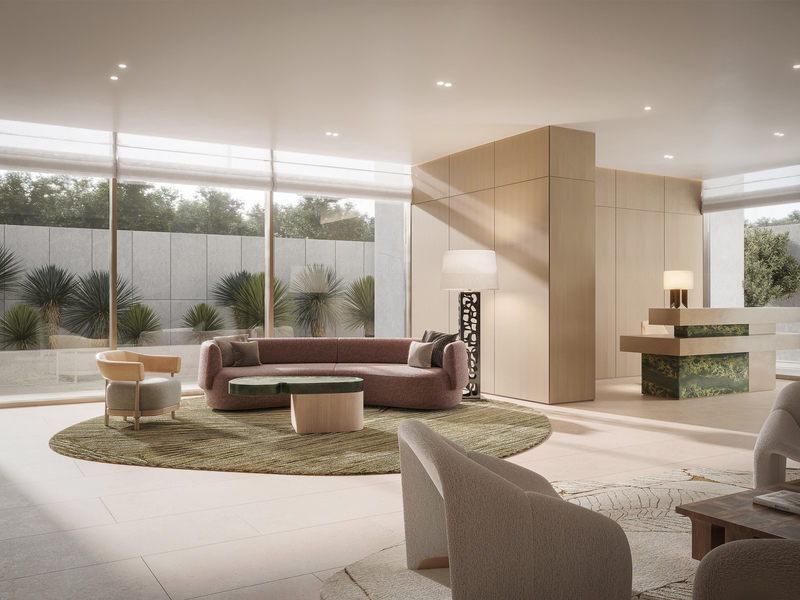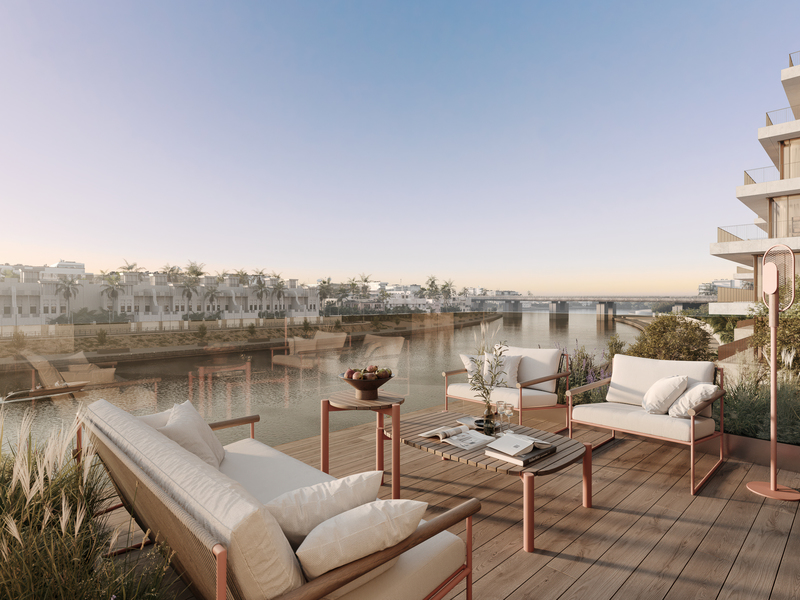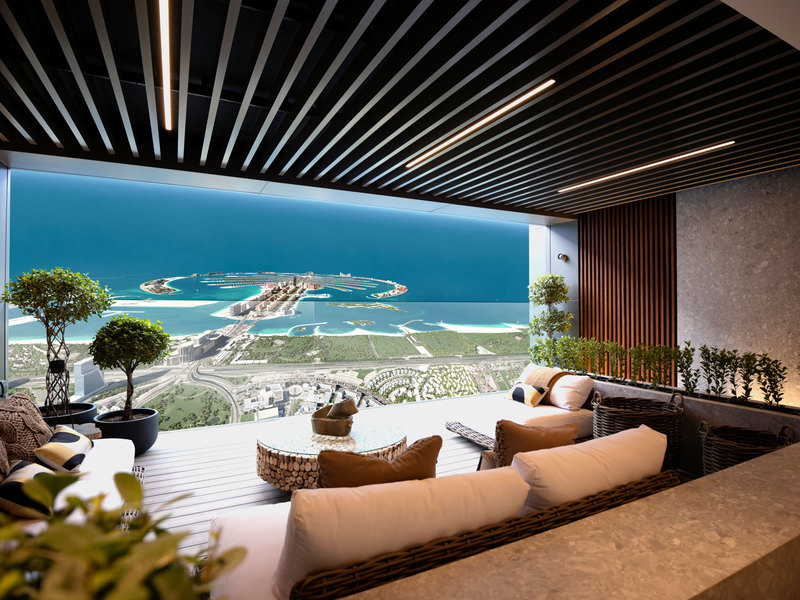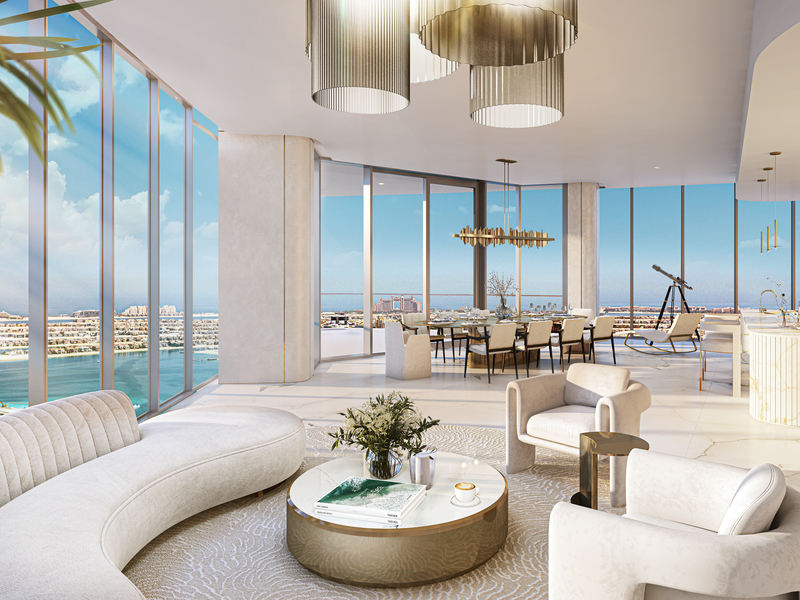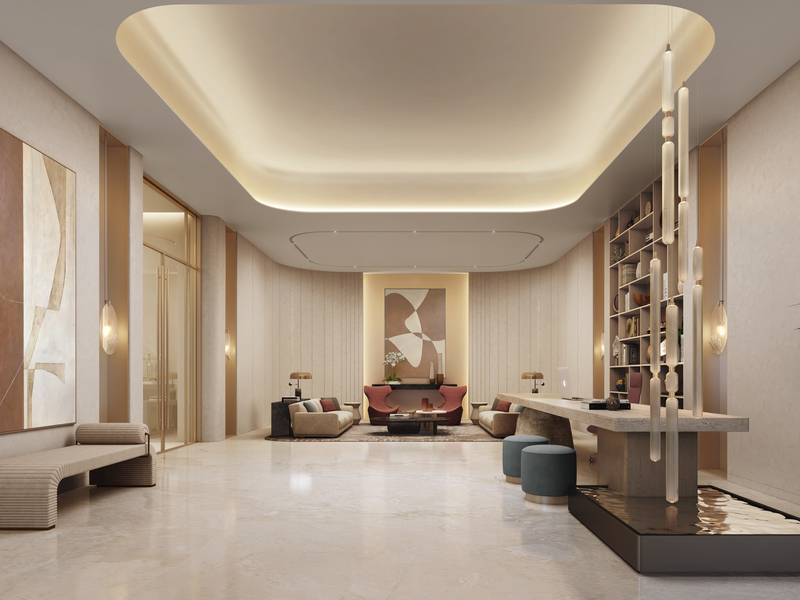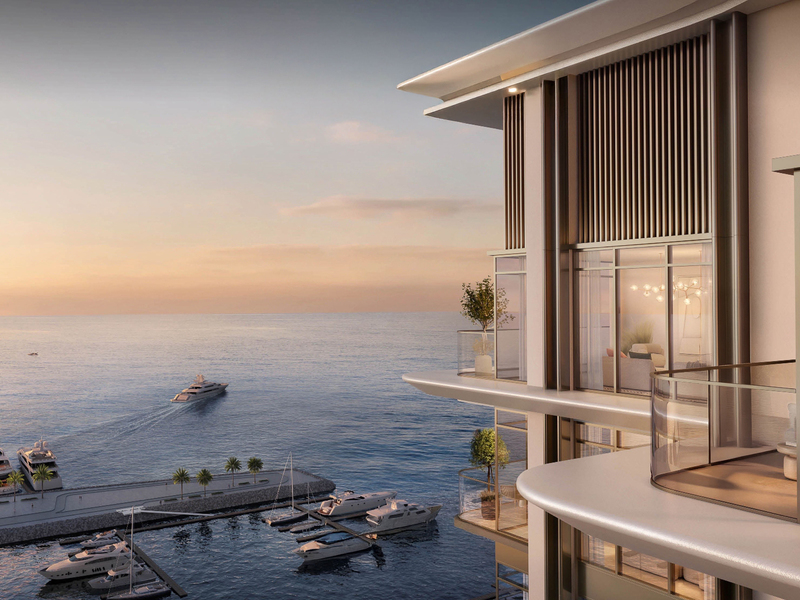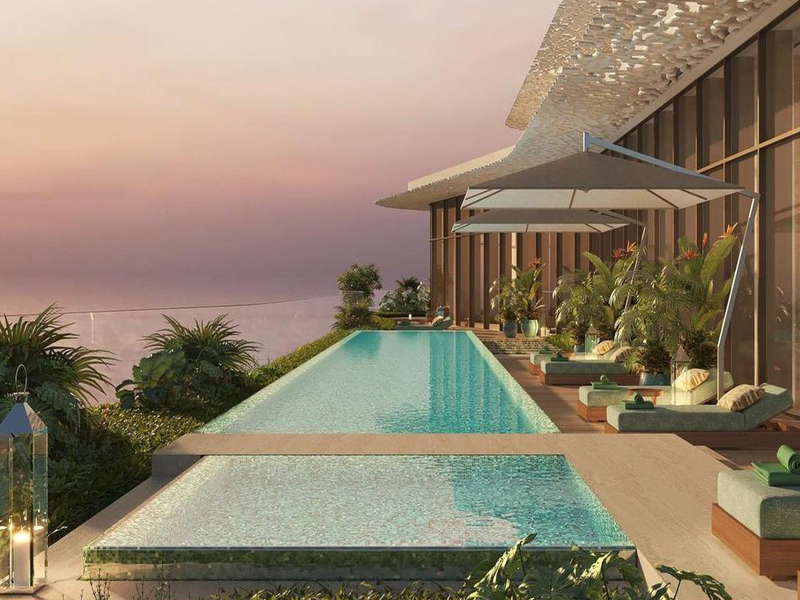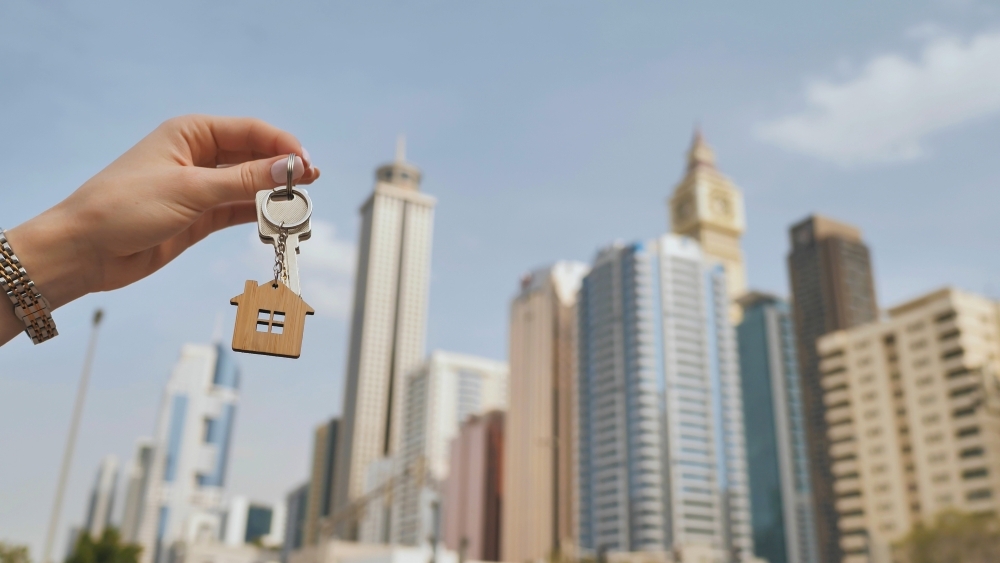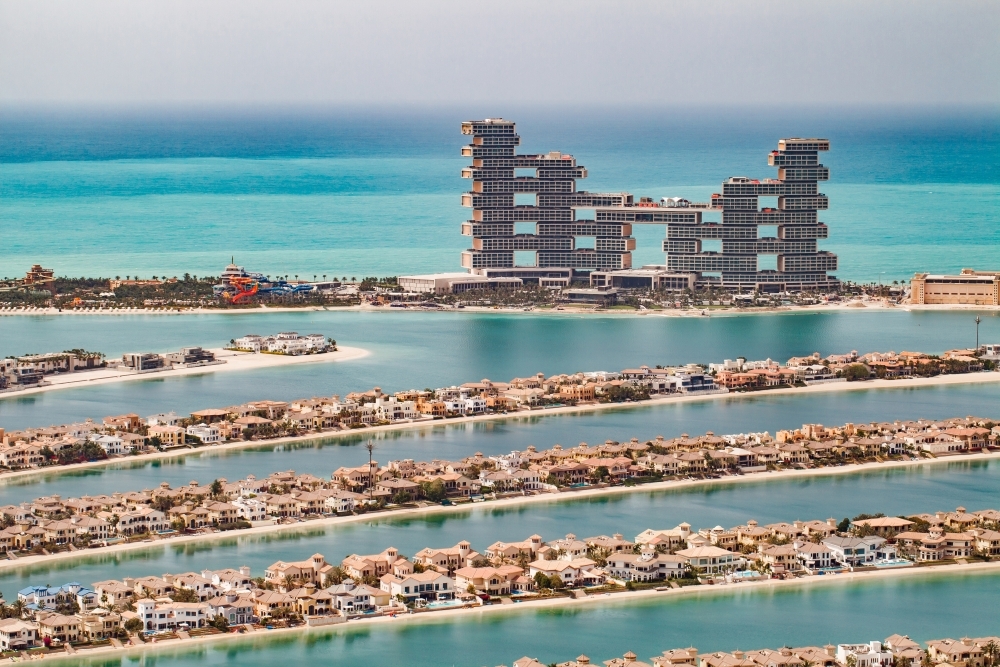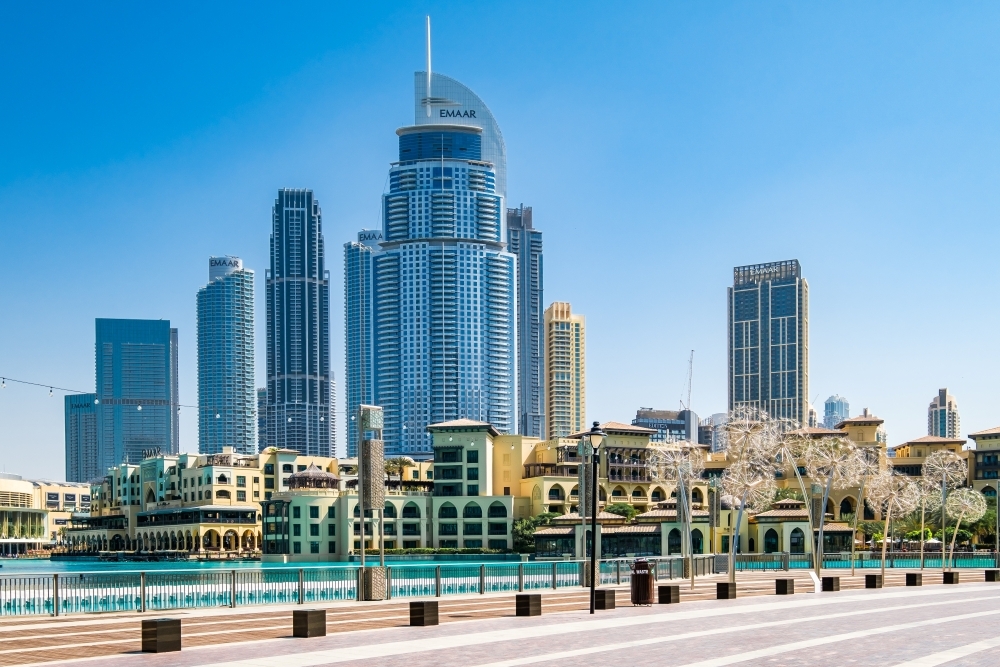Embracing Sustainability: The Rise of Green Buildings in Dubai
Dubai is known the world over for its grand architectural feats and a skyline as iconic as that of London and New York. Over the past two decades, the city has been sharply focused on urban expansion, but there has been a shift towards greener and more sustainable building initiatives in recent years. By infusing its architecture with eco-friendly concepts, Dubai continues to push the boundaries of modern design and usher in a new age of sustainable architecture and community building. This is more than just a trend; there is a greater need than ever for cities to be ecologically conscious and to lower their carbon footprint. Below we take a look at how Dubai is leading the charge in green building practices and what this means for the future of urban living.

What Are Green Buildings?
Green buildings, also referred to as sustainable buildings, are designed with the primary aim of reducing their environmental impact across their entire lifecycle. This approach encompasses several key elements:
Energy Efficiency: Using technologies and design methods that minimise energy use in the building as well as in individual units such as apartments or offices. This includes high-efficiency HVAC systems, insulation, and energy-saving lighting.
Water Conservation: Implementing systems for water reuse, such as greywater recycling, and utilising water-efficient fixtures and landscaping.
Sustainable Materials: Using materials that are eco-friendly, recycled, or locally sourced to reduce the environmental footprint of construction.
Indoor Environmental Quality: Ensuring that indoor spaces have good air quality, natural lighting, and temperature control to enhance the health and comfort of occupants.
Waste Reduction: Managing construction waste effectively and promoting recycling and reuse practices throughout the building’s lifecycle.
Dubai’s Green Building Initiatives
The green building movement in Dubai is a core aspect of its ‘smart city’ initiatives and is in line with UAE Energy Strategy 2050, which aims to increase the use of renewable energy across all emirates and to lower the environmental impact of continued urban development. In 2016, the Dubai Green Building Regulations & Specifications were introduced, outlining a comprehensive strategy for every construction project in the city to implement sustainability practices.
Every building in Dubai, aside from certain exemptions such as heritage sites, is expected to adhere to these regulations, which establish standards for energy efficiency, water conservation, and overall environmental performance.
Another significant initiative is the Dubai Carbon Abatement Strategy, initially launched in 2014 with the aim of cutting carbon emissions by 16% over a 7-year period. That aim was exceeded by 5%, showing the effectiveness of Dubai’s sustainability plan. A new target has been set for a 30% reduction by 2030, aiming to achieve zero net carbon emissions by 2050.
How Do Green Buildings Benefit Dubai?
The advantages of green buildings extend beyond their environmental benefits. There are several ways in which they contribute to the city’s broader goals for the future:
Economic Savings: Green buildings often result in lower operating costs due to reduced energy and water consumption. For businesses, this translates into significant savings on utility bills and operational expenses.
Increased Property Value: As sustainability becomes a higher priority for investors and tenants, green buildings tend to command higher market values and rental rates. This trend reflects the growing demand for environmentally friendly living and working spaces.
Enhanced Well-being: Green buildings offer improved indoor air quality, better natural lighting, and more comfortable living conditions. These factors contribute to the health and well-being of occupants, making green buildings a more attractive option for both residents and businesses.
Prominent Green Buildings in Dubai
Dubai’s skyline is increasingly populated with green buildings that showcase the city’s dedication to sustainability. Here are some notable examples:
Index Tower: Located in DIFC, Index Tower is a mixed-use building spanning 80 floors that has won awards for its design and was named the ‘Best Tall Building in the Middle East & Africa’ in 2011. Launched before Dubai formally implemented its green building plans, this was the first skyscraper in the city to factor the surrounding environment into its design. Index Tower is oriented along an east-west axis so that all of the residential and office units are sheltered from the sun and other climatic effects. There is subsequently a lower demand for air conditioning, even in peak summer, which lowers the building’s overall energy consumption.
Burj Khalifa: While initially not conceived as a green building, the Burj Khalifa has incorporated several sustainable elements over time. The building features energy-efficient lighting systems, water-saving technologies, passive solar energy systems, and advanced cooling systems that contribute to its overall sustainability. Its high profile has helped raise awareness about the importance of integrating green practices into landmark structures.
One Za'abeel: One of the most ambitious new projects in the city, One Za’abeel is known for its distinct architectural design that incorporates the world’s longest cantilever structure. It has also set benchmarks in green building practices. The project includes a range of energy-efficient technologies, sustainable materials, and innovative design features that minimise its environmental impact. One Za’abeel has been awarded the LEED Gold certification, which recognises its commitment to crafting an eco-conscious lifestyle in a thriving urban environment.
Green Communities in Dubai
Dubai is charting a bold vision for the future of sustainable living, with master-planned communities that feature a larger proportion of green spaces and buildings that integrate with their surroundings for higher levels of energy efficiency and a lower overall impact on the environment.
Two communities in particular are representative of Dubai’s future aims:
The Sustainable City
Purpose-built to provide a greener life, The Sustainable City was designed along three main principles of sustainability: environmental, social, and economic. By promoting a greater sense of community amongst its residents, using alternative energy sources such as solar power, and hosting its own farms to foster local agriculture, The Sustainable City keeps its operational costs lower. As a result, more resources can be devoted to green initiatives, creating a template for communities of the future.
Dubai Creek Harbour
What The Sustainable City is doing for villas, Dubai Creek Harbour aims to do for apartment living. This thronging high-rise neighbourhood that is set alongside the banks of Dubai Creek is not just another conglomeration of glass and concrete. It is designed in a way that promotes eco-conscious living, with a more open layout compared to areas like Downtown and carefully designed green spaces. The community is also located next to the Ras Al Khor Wildlife Sanctuary and was conceived with a lower environmental impact in mind so residents could coexist in harmony with local flora and fauna.
The Future of Green Building Initiatives in Dubai
Dubai’s vision for the future includes expanding its sustainable construction efforts, integrating more renewable energy sources, and setting new benchmarks for environmental performance. As technology advances and the demand for sustainable living spaces increases, Dubai is likely to remain a leader in green innovation.
Looking ahead, Dubai’s green building initiatives will play a crucial role in shaping the city’s urban landscape. The integration of advanced technologies, rigorous sustainability standards, and a focus on environmental stewardship will see Dubai continue to lead by example. As the city evolves, its green buildings will not only enhance its skyline but also contribute to a more sustainable and resilient urban future.
Eden House The Canal, Jumeirah
- 3
- 2
- 1,775 SQ.FT.
Eden House The Canal, Jumeirah
- 2
- 1
- 962 SQ.FT.
Eden House The Canal, Jumeirah
- 5
- 4
- 3,632 SQ.FT.
The S Tower, Dubai Internet City
- 5
- 4
- 5,062 SQ.FT.
Palm Beach Towers 2, Palm Jumeirah
- 4
- 3
- 2,743 SQ.FT.
Six Senses Residences, Palm Jumeirah
- 2
- 2
- 2,460 SQ.FT.
Palm Beach Towers 2, Palm Jumeirah
- 3
- 2
- 1,546.31 SQ.FT.
Palm Beach Towers 2, Palm Jumeirah
- 4
- 3
- 2,739 SQ.FT.
Marina Views Tower 2, Mina Rashid
- 4
- 3
- 1,694 SQ.FT.
Bulgari Lighthouse, Jumeirah
- 7
- 5
- 11,656 SQ.FT.
